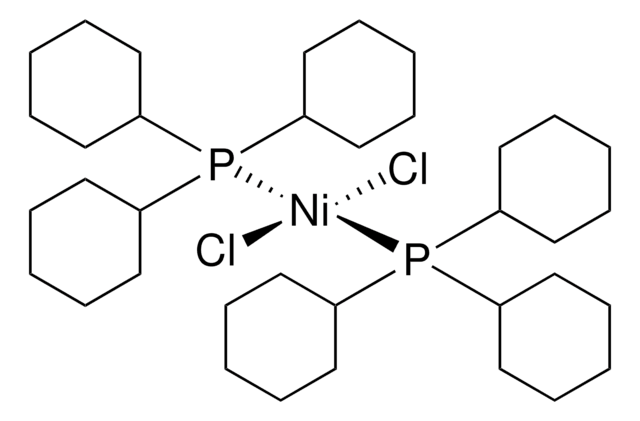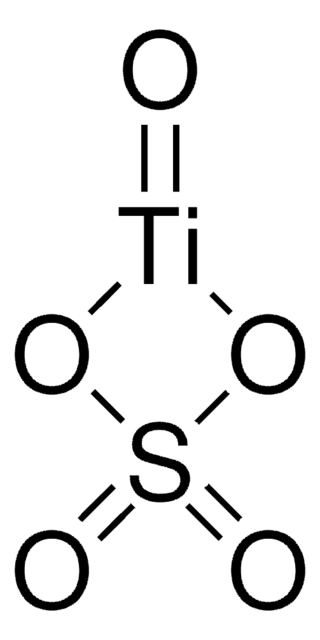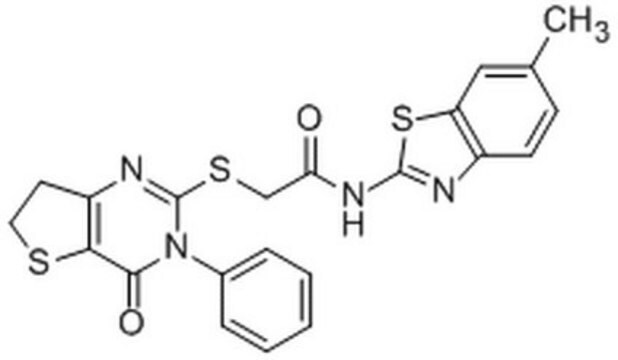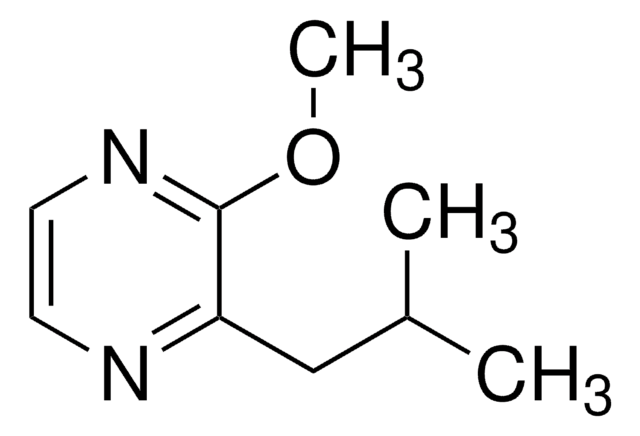Recommended Products
description
Powered by Eupheria Biotech
Quality Level
product line
MISSION®
form
lyophilized powder
esiRNA cDNA target sequence
GTGCTCCCCATTGATTGAAGAGTCACTGTCTGAAAGAAGCAAAGTTCAGTTTCAGCAACAAACAAACTTTGTTTGGGAAGCTATGGAGGAGGACTTTTAGATTTAGTGAAGATGGTAGGGTGGAAAGACTTAATTTCCTTGTTGAGAACAGGAAAGTGGCCAGTAGCCAGGCAAGTCATAGAATTGATTACCCGCCGAATTCATTAATTTACTGTAGTGTTAAGAGAAGCACTAAGAATGCCAGTGACCTGTGTAAAAGTTACAAGTAATAGAACTATGACTGTAAGCCTCAGTACTGTACAAGGGAAGCTTTTCCTCTCTCTAATTAGCTTTCCCAGTATACTTCTTAGAAAGTCCAAGTGTTCAGGACTTTTATACCTGTTATACTTTGGCTTGGTTTCCATG
Ensembl | human accession no.
NCBI accession no.
shipped in
ambient
storage temp.
−20°C
Gene Information
human ... MCL1(4170) , MCL1(4170)
General description
For additional details as well as to view all available esiRNA options, please visit SigmaAldrich.com/esiRNA.
Legal Information
Storage Class Code
10 - Combustible liquids
Flash Point(F)
Not applicable
Flash Point(C)
Not applicable
Choose from one of the most recent versions:
Already Own This Product?
Find documentation for the products that you have recently purchased in the Document Library.
Global Trade Item Number
| SKU | GTIN |
|---|---|
| EHU079921-20UG | 4061831353617 |
| EHU079921-50UG | 4061831373356 |
Our team of scientists has experience in all areas of research including Life Science, Material Science, Chemical Synthesis, Chromatography, Analytical and many others.
Contact Technical Service



![2-phenylimidazo[1,2-a]pyridine AldrichCPR](/deepweb/assets/sigmaaldrich/product/structures/281/247/6c2550a0-2f0c-4866-83d8-3c1fb039e165/640/6c2550a0-2f0c-4866-83d8-3c1fb039e165.png)




